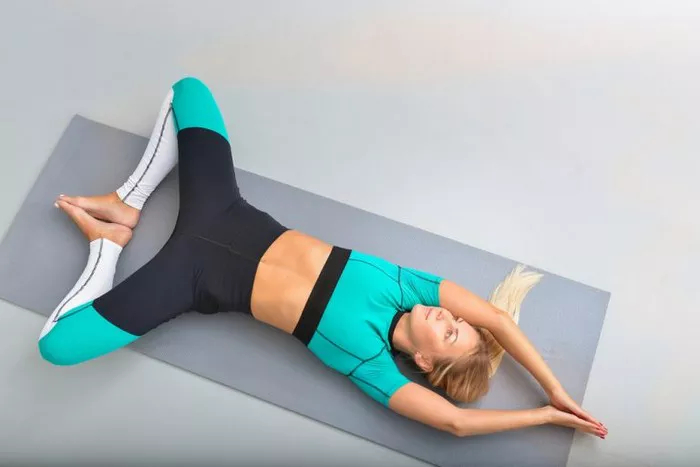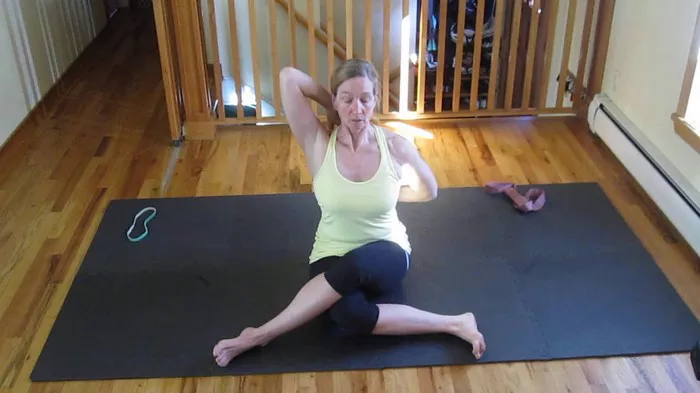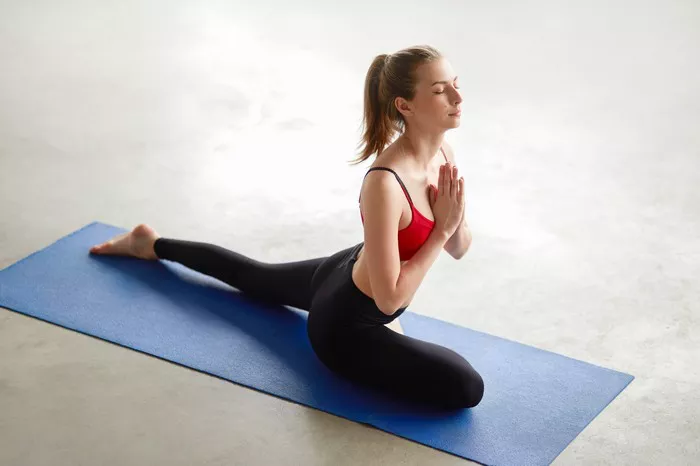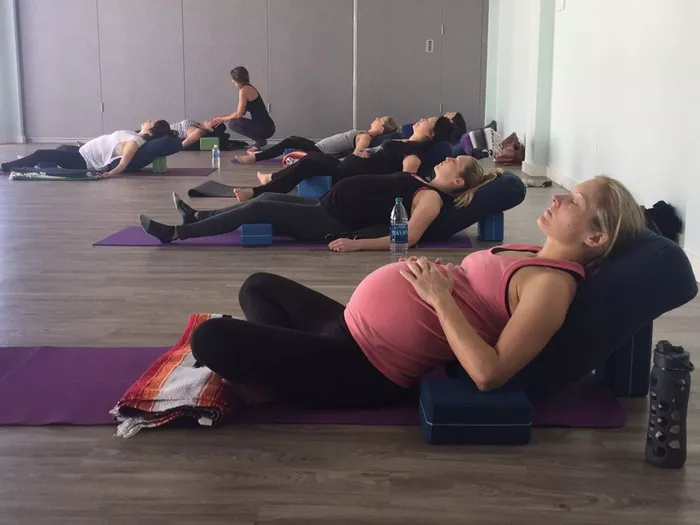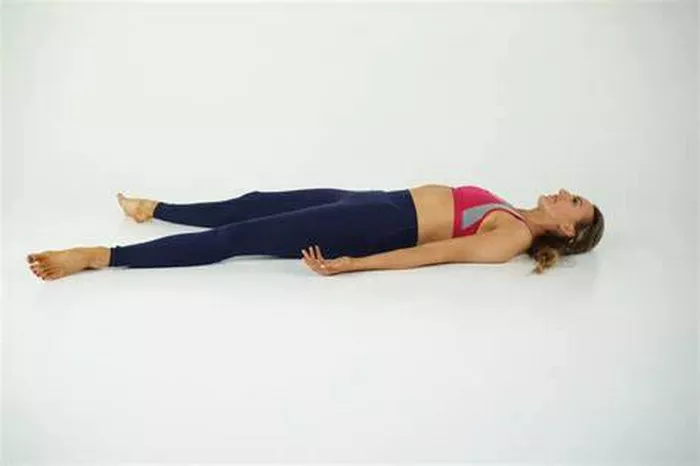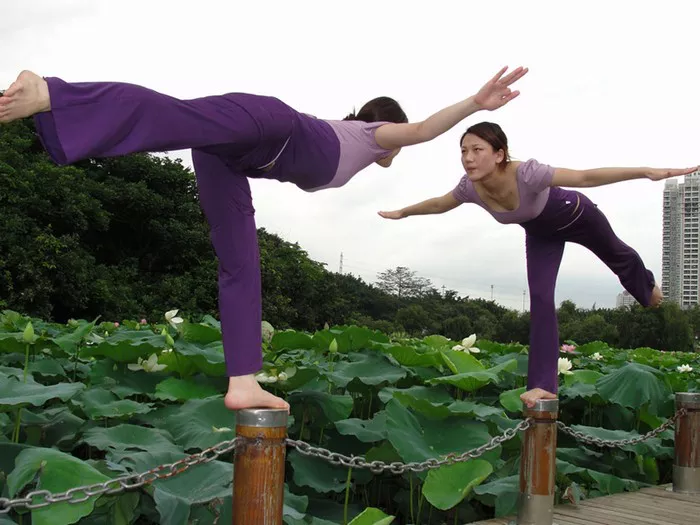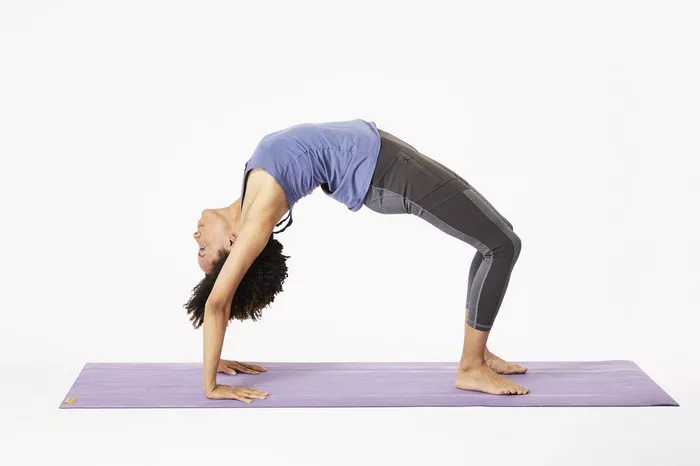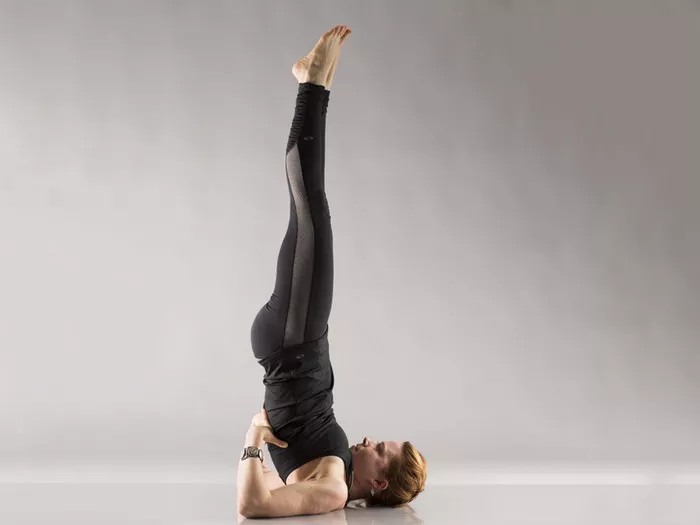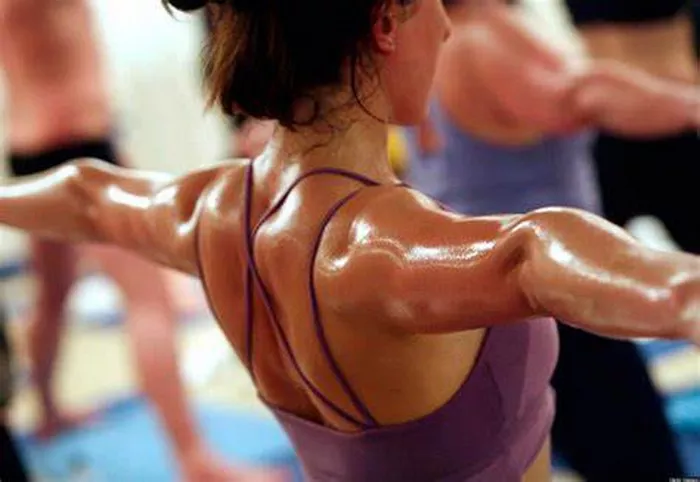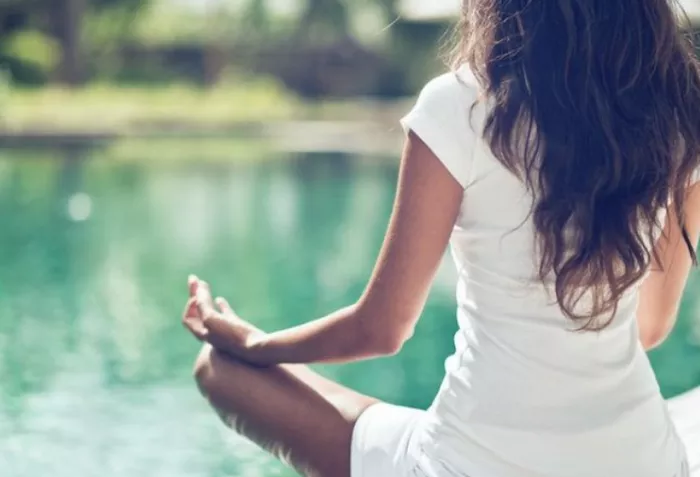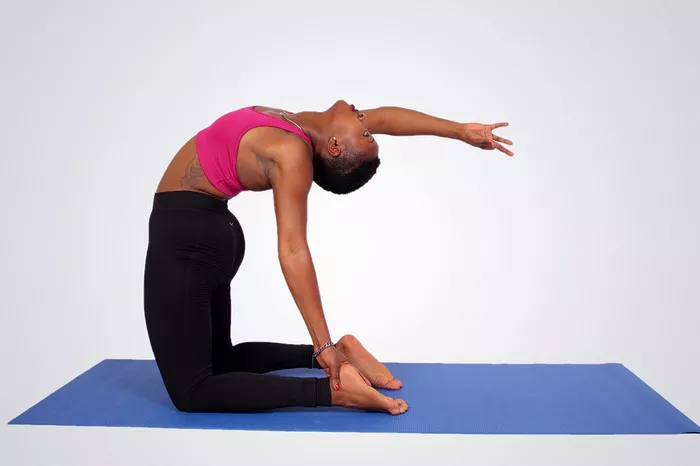Restful yoga, often referred to as restorative yoga or gentle yoga, is a practice focused on relaxation and restoration. Unlike more dynamic forms of yoga that emphasize strength, flexibility, and balance, restful yoga prioritizes stillness and comfort. The intention is to release tension, calm the mind, and activate the body’s natural healing mechanisms.
At the heart of restful yoga is the principle of surrender. Rather than striving for achievement or performance, practitioners are encouraged to let go of effort and simply be present with what is. This surrendering attitude fosters a deep sense of acceptance and tranquility, both on the mat and in daily life.
The Benefits of Restful Yoga Poses
The benefits of restful yoga extend far beyond the physical realm, encompassing mental, emotional, and spiritual dimensions. Here are some key advantages of incorporating restful yoga poses into your wellness routine:
1. Stress Reduction: Restful yoga activates the parasympathetic nervous system, triggering the body’s relaxation response and reducing the production of stress hormones such as cortisol. This leads to a profound sense of calm and inner peace.
2. Improved Sleep Quality: Practicing restful yoga before bedtime can help soothe the nervous system, quiet the mind, and promote better sleep. The gentle stretches and supported poses prepare the body for restorative rest, allowing for deeper and more rejuvenating sleep cycles.
3. Enhanced Flexibility: While restful yoga poses may not involve intense stretching like some other forms of yoga, they still help improve flexibility by gently elongating the muscles and releasing tension. Over time, regular practice can lead to greater freedom of movement and reduced stiffness.
4. Relief from Chronic Pain: Many restful yoga poses are designed to target specific areas of tension or discomfort in the body. By providing support and relaxation, these poses can alleviate chronic pain conditions such as back pain, neck pain, and arthritis.
5. Emotional Healing: Restful yoga offers a safe space for emotional processing and healing. Through deep relaxation and introspection, practitioners can release pent-up emotions, cultivate self-awareness, and foster a greater sense of inner resilience.
6. Mindfulness and Presence: Restful yoga encourages mindful awareness of the present moment, helping practitioners develop greater presence and mindfulness both on and off the mat. This heightened awareness can lead to a deeper appreciation of life’s simple pleasures and a reduced tendency to dwell on past regrets or future worries.
Techniques for Practicing Restful Yoga Poses
To fully experience the benefits of restful yoga, it’s essential to approach the practice with mindfulness, patience, and compassion. Here are some techniques to enhance your restful yoga experience:
1. Set the Scene: Create a serene and tranquil environment for your practice by dimming the lights, playing soft music, and lighting candles or incense. Choose a quiet space where you won’t be disturbed and gather any props you may need, such as yoga blocks, bolsters, blankets, and straps.
2. Focus on Breath: Throughout your practice, maintain a steady and mindful breath. Deep, diaphragmatic breathing activates the parasympathetic nervous system and helps induce a state of relaxation. Pay attention to the sensation of the breath as it moves in and out of the body, allowing it to guide you into deeper relaxation.
3. Use Props Liberally: Props are your allies in restful yoga, providing support and comfort in each pose. Use blankets to cushion sensitive joints, bolsters to elevate and support the spine, and blocks to modify poses as needed. Don’t hesitate to experiment with different props to find what works best for your body.
4. Hold Poses for Extended Periods: Unlike more active forms of yoga where poses flow seamlessly from one to the next, restful yoga poses are held for longer durations, typically ranging from 3 to 10 minutes or more. This extended hold allows the body to relax deeply and the mind to quieten, facilitating a profound sense of surrender and release.
5. Focus on Sensation: Instead of striving for a specific outcome or aesthetic in each pose, shift your attention inward and focus on the sensation in your body. Notice areas of tension or resistance and gently breathe into them, allowing them to soften and dissolve with each exhale.
6. Practice Non-Judgment: Restful yoga is not about achieving perfection or pushing yourself to your limits. Embrace a spirit of non-judgment and self-compassion, accepting yourself exactly as you are in each moment. Let go of any expectations or attachments to outcomes, and simply allow yourself to be present with whatever arises.
Restful Yoga Poses to Try
Now that we’ve explored the principles and techniques of restful yoga, let’s dive into a selection of poses to incorporate into your practice:
1. Supported Child’s Pose (Balasana): Begin on your hands and knees, then slowly lower your hips back towards your heels as you extend your arms forward. Place a bolster or stack of blankets under your torso for support, allowing your forehead to rest on the prop. Breathe deeply into your lower back and hips, surrendering to gravity and releasing tension with each exhale.
2. Supported Reclining Bound Angle Pose (Supta Baddha Konasana): Lie on your back with your knees bent and the soles of your feet together, allowing your knees to fall open to the sides. Place a bolster or rolled-up blanket under your spine for support, ensuring that your entire back is comfortably supported. Rest your arms by your sides with your palms facing up, and close your eyes as you surrender to the pose.
3. Legs Up the Wall Pose (Viparita Karani): Sit sideways with your right hip against a wall, then gently swing your legs up the wall as you lower your upper body onto the floor. Keep your arms relaxed by your sides with your palms facing up, and allow your entire body to melt into the support of the floor and wall. Close your eyes and focus on the sensation of your breath as it flows in and out of your body.
4. Supported Bridge Pose (Setu Bandhasana): Lie on your back with your knees bent and your feet hip-width apart, then slide a bolster or yoga block under your sacrum. Allow your arms to rest by your sides with your palms facing up, and gently press into your feet to lift your hips towards the ceiling. Feel the gentle opening in your chest and shoulders as you surrender to the support of the prop.
5. Corpse Pose (Savasana): Lie flat on your back with your legs extended and your arms relaxed by your sides, palms facing up. Close your eyes and allow your entire body to relax into the support of the floor beneath you. Release any tension in your muscles and let go of any thoughts or distractions as you surrender to the present moment.
Conclusion
Restful yoga poses offer a sanctuary of stillness in a world often characterized by chaos and busyness. By embracing the principles of surrender, mindfulness, and compassion, practitioners can tap into a wellspring of relaxation and rejuvenation that nourishes the body, mind, and spirit. Whether you’re seeking relief from stress, improved sleep quality, or simply a moment of peace amidst the hustle and bustle of daily life, restful yoga poses invite you to slow down, breathe deeply, and connect with the quiet wisdom that resides within. Incorporate these gentle practices into your routine and discover the transformative power of stillness.

